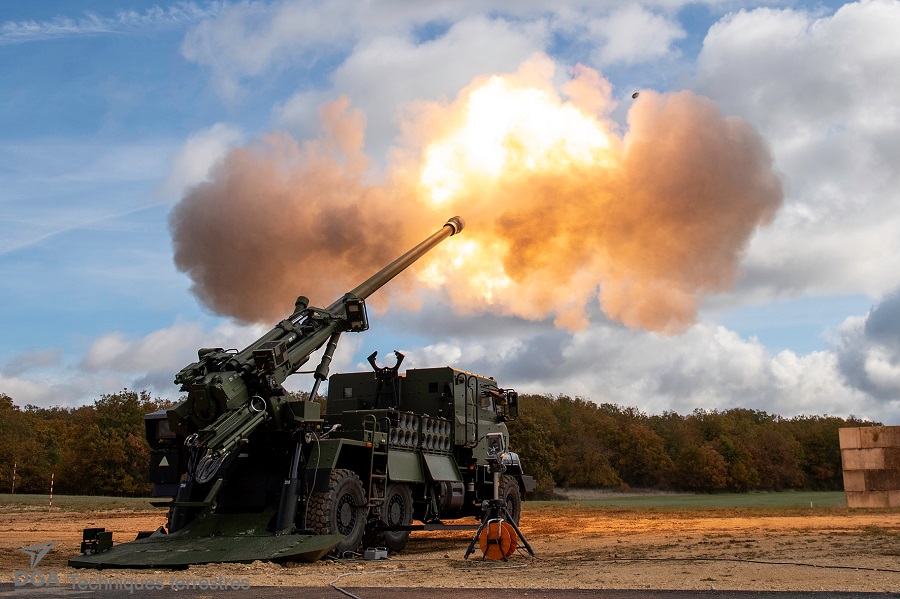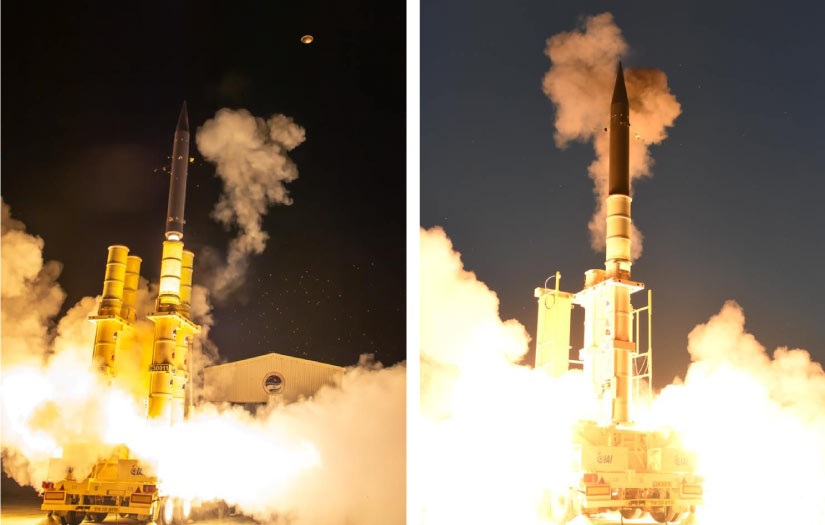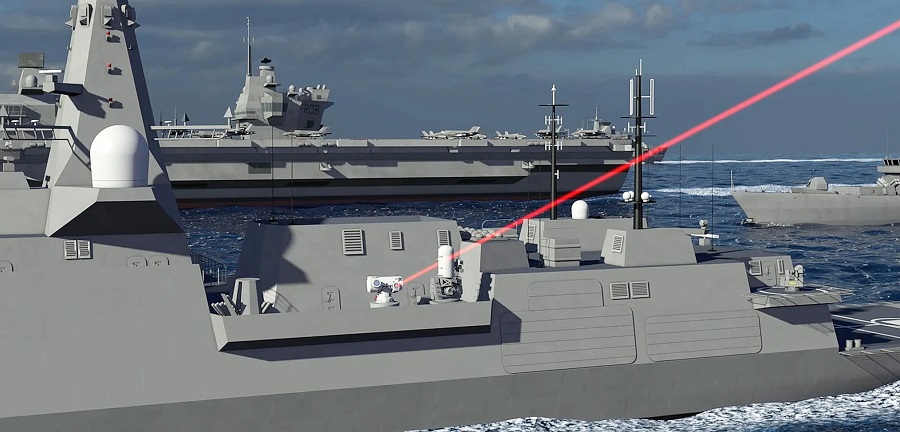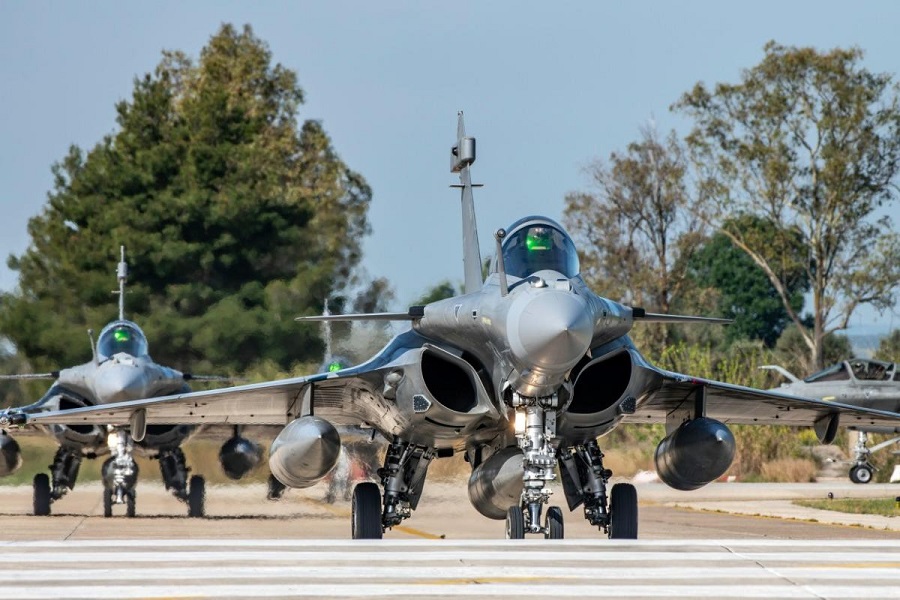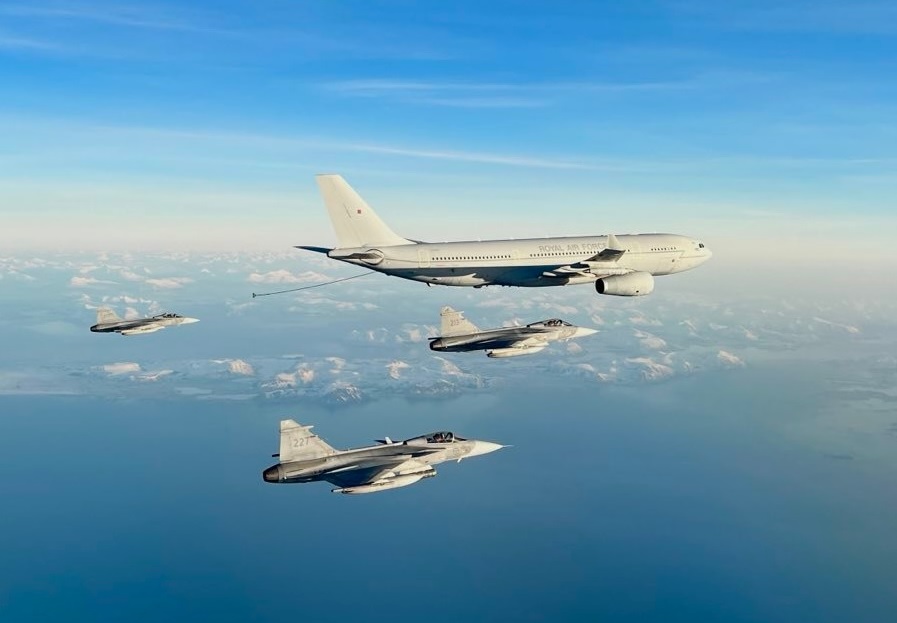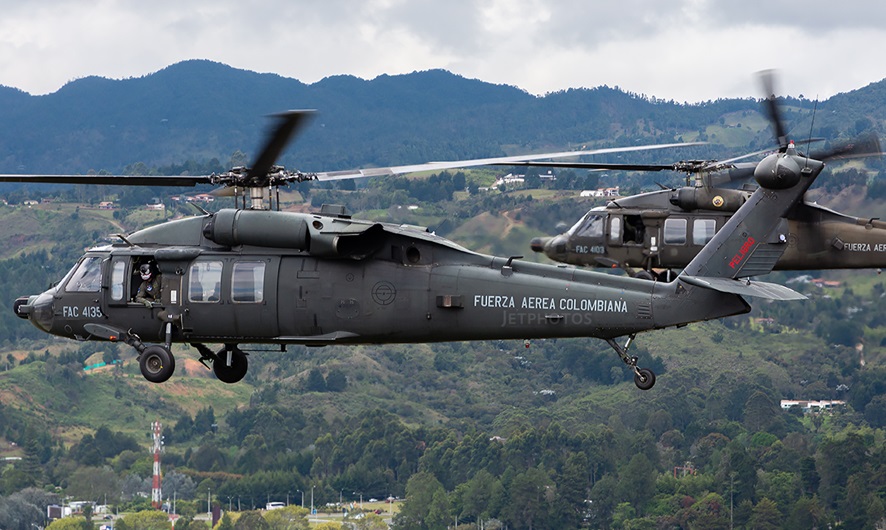The testing campaign began in November 2021. The previous test took place in December 2022 with the Siper Block 1 missile, achieving a target interception distance of over 100 km.
The Siper air defence system was developed by a consortium of companies including Roketsan (responsible for the missile), Aselsan (radars and electronics), and the national research institute for technology and infrastructure, Tübitak SAGE. It is expected to enter operational service this year.
The effector of the Siper system is a two-stage intercept missile with a rocket booster that is discarded after launch. It features a trapezoidal quadruple fin configuration, characteristic of missile systems of this class.
The Siper air defence battery is planned to consist of four missile launchers, two transporter-loader vehicles, an early warning radar, a fire control radar, two command and control vehicles, three communication and data transmission vehicles.
Siper is designed to have similar capabilities to the acquired Russian S-400 system, which was actually obtained as an interim solution after the failure of the T-LORAMIDS (Turkish Long-Range Air and Missile Defence System) program. The difference is that Siper will be the longest-range effector of the Turkish multi-layered air defence and anti-missile system with a target range of over 150 km.
It is worth noting that the Siper system will also be deployed on future TF-2000 class air defence missile destroyers, known as HSHM (Hava Savunma Harbi Muhribi) in Turkish.



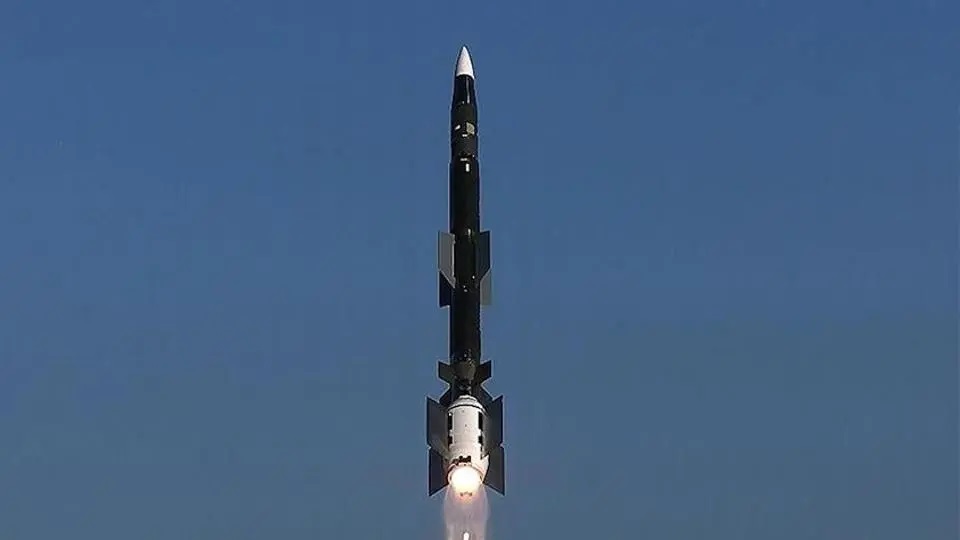


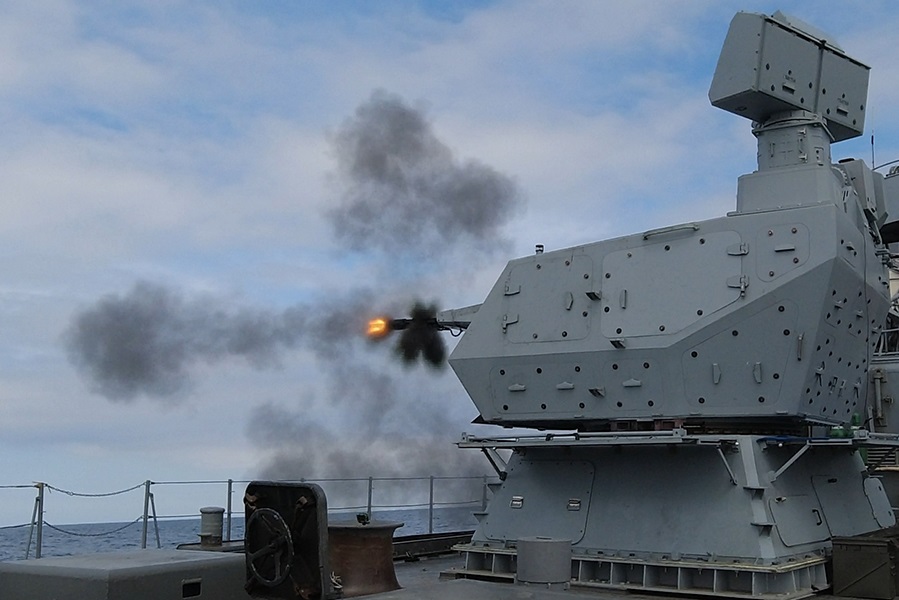
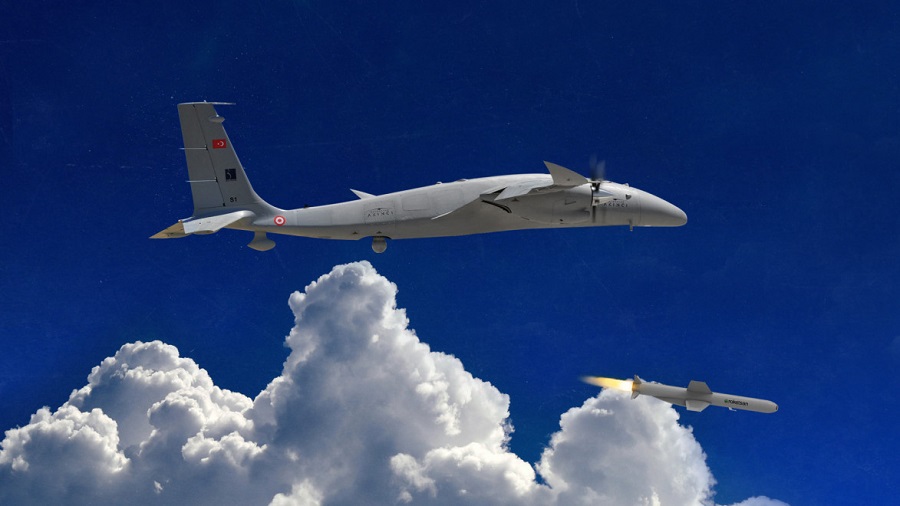
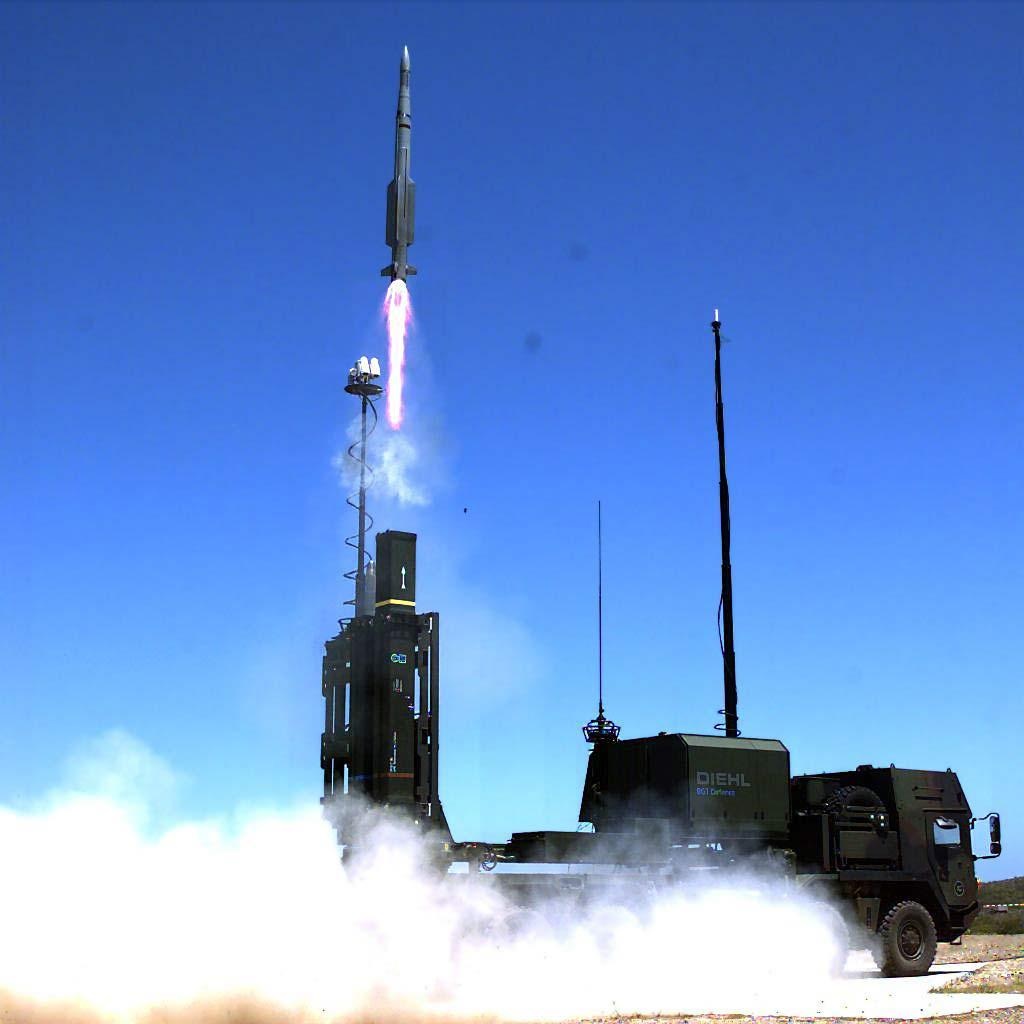

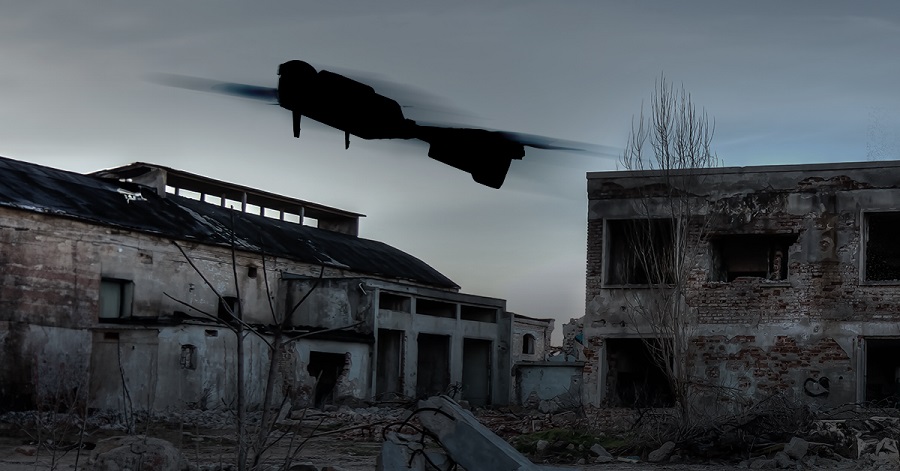
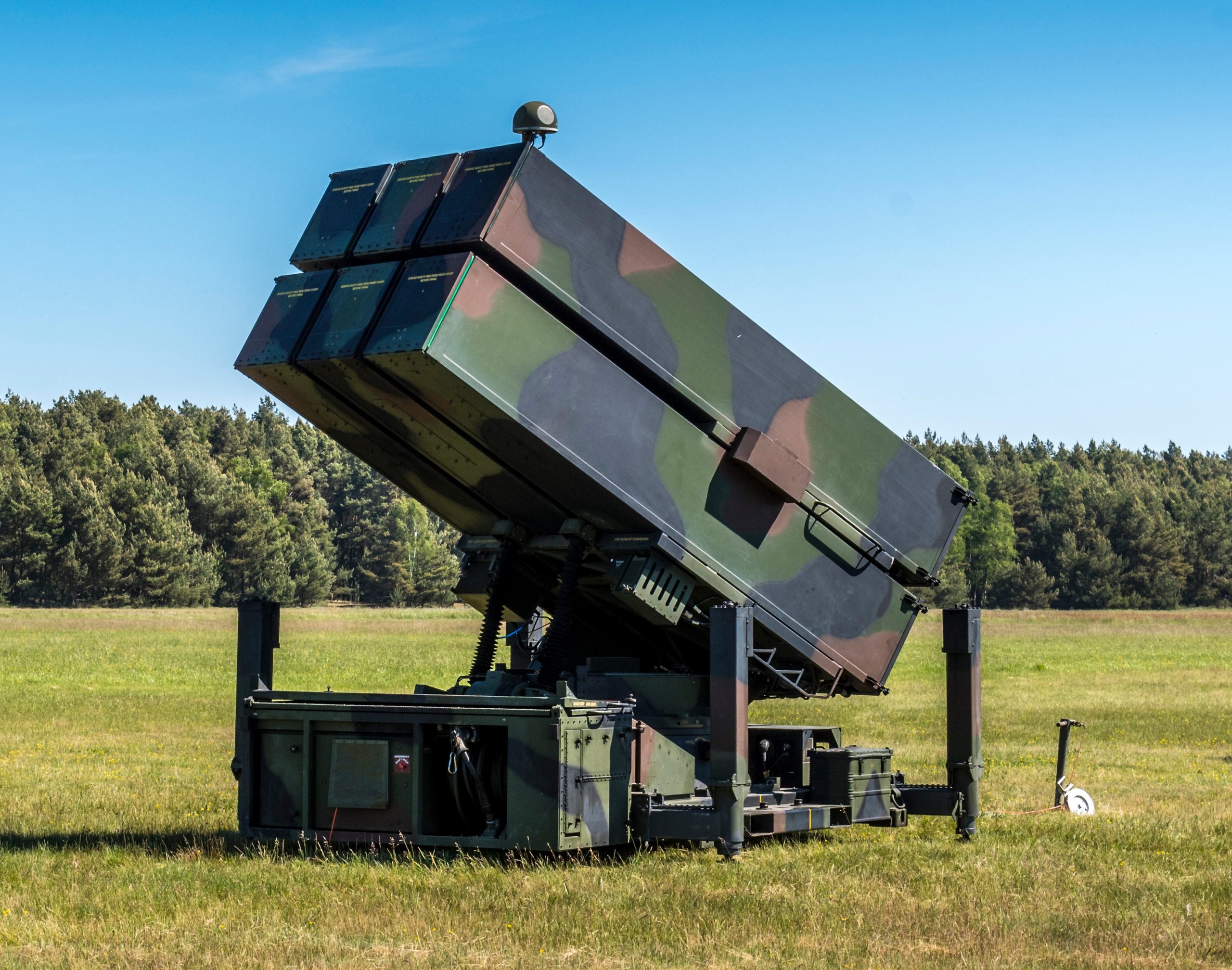
![Russian forces target Ukrainian IRIS-T SLM air defence system [VIDEO]](https://defence-industry.eu/wp-content/uploads/2023/10/Zelensky-thanks-Scholz-for-air-defence-systems.jpg)
